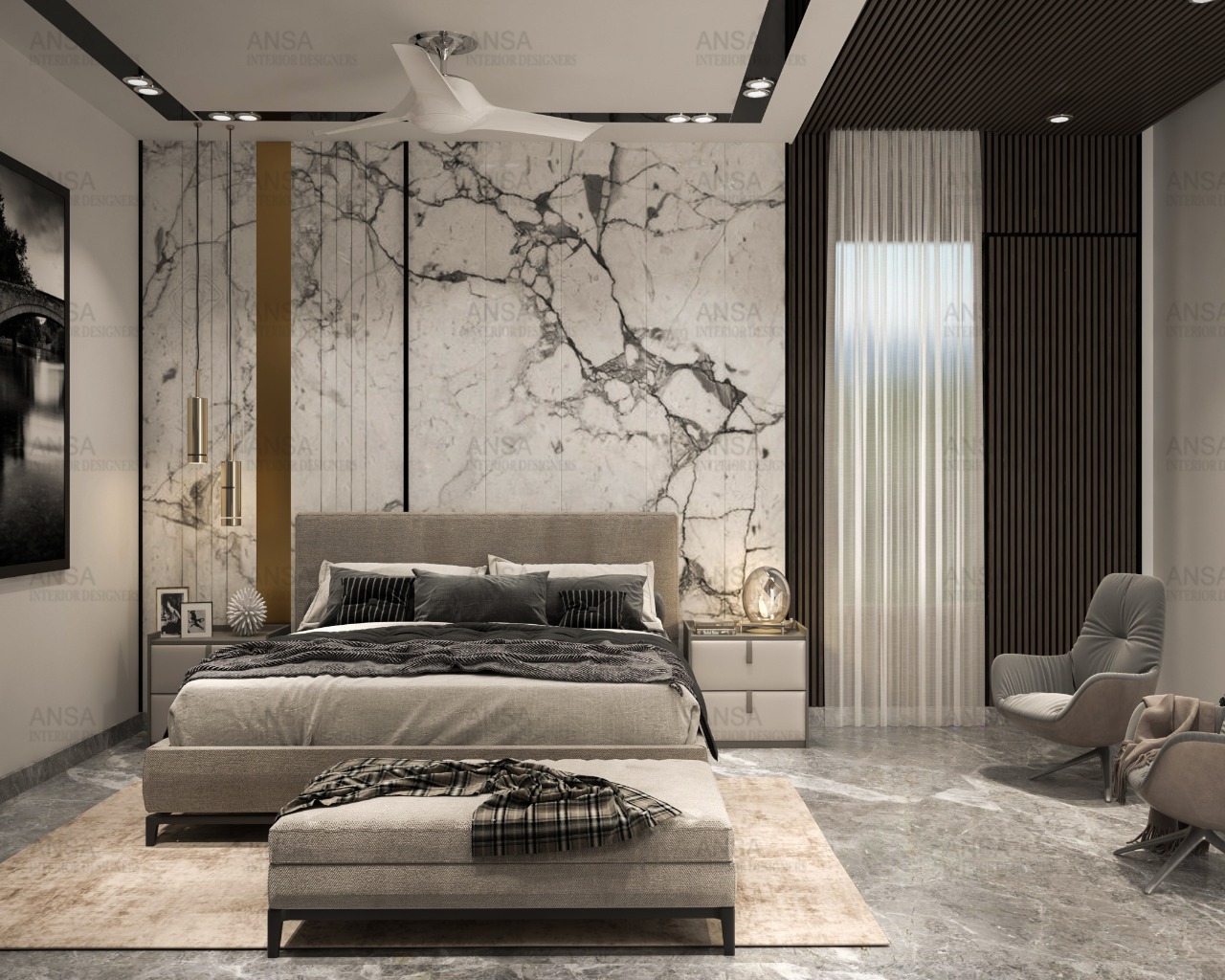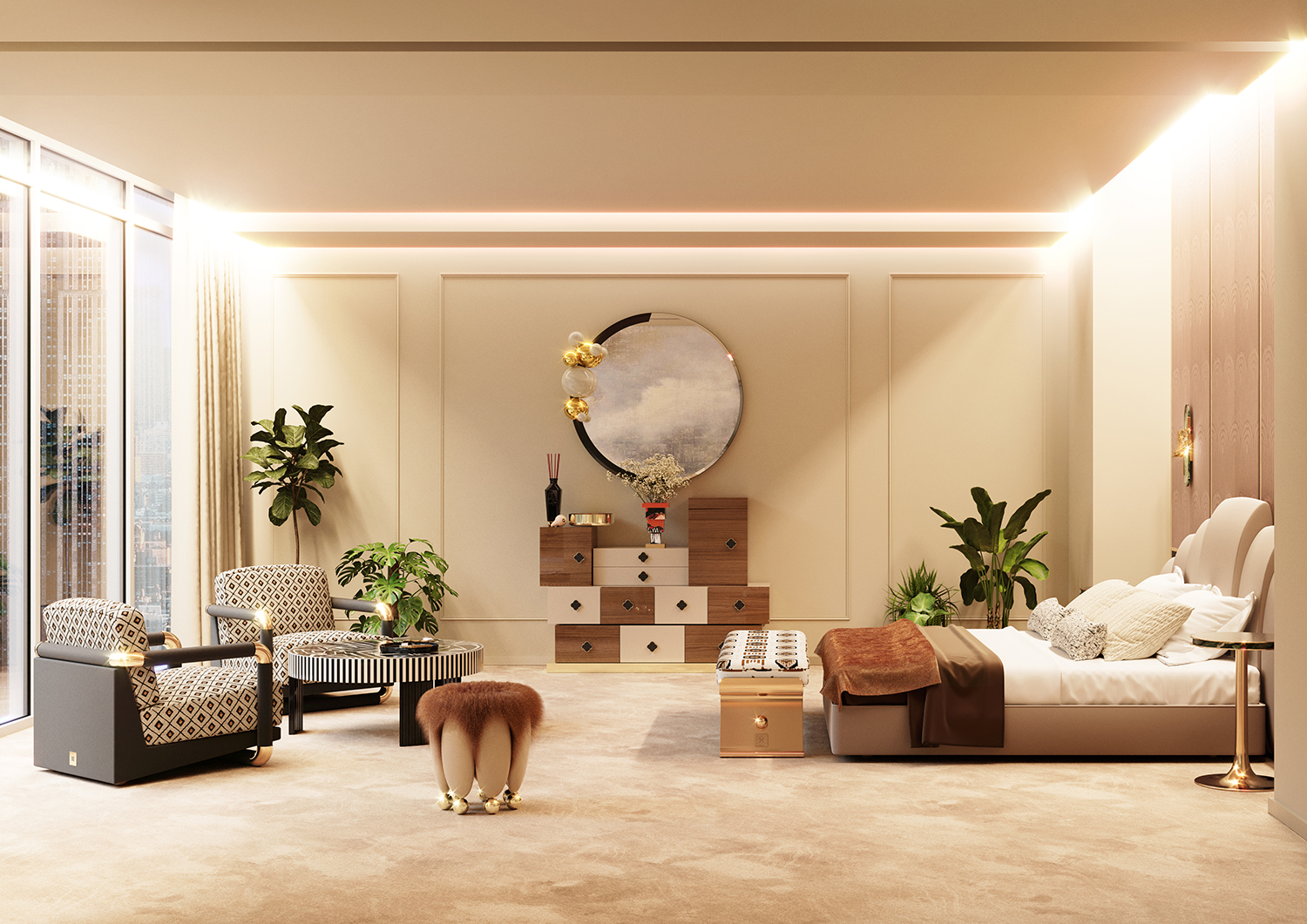Redefining Spaces: The Function of Interior Architecture Miami in Modern Layout
Redefining Spaces: The Function of Interior Architecture Miami in Modern Layout
Blog Article
Why Understanding the Concepts of Interior Decoration Is Crucial for Effective Space Preparation
Understanding the principles of indoor design is essential to efficient room preparation, as it lays the foundation for creating settings that harmonize performance with visual appeal. Vital components such as flow, equilibrium, and percentage are not just decorative considerations; they are important in optimizing exactly how a space is made use of. When these concepts are thoughtfully applied, the result is an environment that urges both productivity and well-being. Lots of ignore how these concepts link with useful applications, leading to missed chances in design effectiveness. Exploring this connection discloses understandings that can transform any type of space.
Significance of Room Preparation
Space preparation is an essential aspect of indoor style that considerably affects the capability and aesthetics of an area. It includes the strategic arrangement of furnishings, components, and building elements to maximize the use of available room while improving the overall individual experience. Effective room preparation addresses various elements, including circulation, ease of access, and the details demands of the passengers.
One of the key benefits of room planning is its capacity to improve spatial performance. Interior architecture Miami. By thoughtfully arranging a layout, developers can ensure that every location serves an objective, reducing mess and advertising a sense of order. Furthermore, proper area planning cultivates a harmonious atmosphere, permitting seamless motion and communication within a space
Furthermore, effective space planning takes into consideration natural light, sightlines, and the partnership in between various locations. This all natural approach not only raises the visual allure however likewise adds to the well-being and efficiency of the passengers. Inevitably, a well-executed space plan is critical in developing a well balanced and welcoming ambience, making it important for any type of indoor layout task.
Key Principles of Interior Decoration

One fundamental principle is equilibrium, which can be balanced, unbalanced, or radial. Symmetrical balance produces a sense of order, while unbalanced equilibrium offers a more dynamic visual charm. An additional crucial principle is proportion and scale, making sure that the size of furnishings and decoration components connect sympathetically to each other and the overall space.
Color theory also plays a significant duty, affecting mood and perception. Designers utilize color palettes to stimulate specific sensations and boost the spatial experience. In addition, the concept of rhythm entails creating a feeling of movement with rep of patterns, shades, or shapes, directing the eye throughout the area.
Lastly, the principle of focus routes focus to prime focus, enabling a clear narrative within the design. Interior architecture Miami. By sticking to these essential principles, indoor designers can create environments that not just satisfy useful needs however also reverberate with the owners on an emotional level
Influence on Capability and Flow

The setup of furnishings, the choice of products, and the assimilation of innovation all play vital roles in attaining ideal functionality. For instance, positioning seating locations in closeness to work areas can facilitate interaction and partnership, thereby boosting efficiency. Furthermore, ensuring that paths click for source are unhampered and clear permits reliable motion, lowering congestion and advertising a natural flow throughout the space.
In addition, integrating aspects such as lighting and color can better aid in defining locations, making it much easier for individuals to navigate their setting. Thoughtful space planning takes into consideration not only the physical facets of design however additionally how individuals connect with their surroundings. Inevitably, a focus on performance and circulation not just improves the individual experience however additionally elevates the general performance of the space, creating an atmosphere that fulfills the needs of its residents while promoting a feeling of consistency and balance.
Enhancing Looks and State Of Mind
3 essential aspects-- lights, shade, and appearance-- play essential duties in boosting the aesthetics and mood of an interior space. Shade develops the psychological tone; cozy tones like oranges and reds stimulate energy and warmth, while cooler shades such as blues and greens promote calmness and peace. Picking an unified shade combination can change an area, producing a cohesive and visually attractive environment.
Appearance includes deepness and rate of interest, contributing to the tactile experience within an area. A mix of appearances-- smooth surface areas, luxurious fabrics, and all-natural products-- can produce visual intrigue and enhance convenience. For example, combining a soft velvet sofa with a streamlined glass coffee table can produce a balanced visual that welcomes communication.
Lighting, usually a neglected element, dramatically effects state of mind. Natural light fosters an open, ventilated atmosphere, while tactically placed man-made lighting can produce heat and highlight building functions. Dimmer switches make it possible for flexibility, permitting adjustments to fit various activities or times of day.
Including these three aspects attentively not just elevates the aesthetic allure of an area but likewise grows an ambience that resonates with its designated objective, ultimately enriching the general experience for its owners.
Practical Applications in Real Life
Applying interior style concepts in the real world calls for a thoughtful approach that integrates color, structure, and lights right into everyday spaces. By understanding how these aspects work with each other, people can develop settings that are not just visually attractive however harmonious and likewise practical.
As an example, in a tiny living check my blog location, employing a light color palette can make the space feel larger and much more open. Strategic use of mirrors can improve natural light and create an illusion of depth. Incorporating various appearances through fabrics, such as carpets and pillows, can add warmth and interest without overwhelming the senses.
Lights plays an essential role in specifying the ambience. Split illumination, containing ambient, job, and accent alternatives, enables versatility in mood settings. In a home workplace, for instance, a combination of natural light, workdesk lights, and ornamental fixtures can boost productivity while maintaining an inviting ambiance.
Moreover, recognizing spatial partnerships and furniture arrangement can bring about boosted performance. By adhering to concepts such as balance and proportion, one can make certain that areas serve their designated purpose while continuing to be visually pleasing. In general, practical applications of interior decoration concepts substantially enhance the livability and allure of any type of setting.
Final Thought
In conclusion, understanding the principles of indoor design is crucial for efficient space preparation, as it fosters an equilibrium in between performance and aesthetic appeals. By using essential principles such as proportion, shade theory, and circulation, designers can develop atmospheres that boost both usability and aesthetic allure. Eventually, this expertise contributes to the advancement read review of rooms that not only satisfy functional demands but additionally raise the total atmosphere, causing even more enjoyable and effective experiences for individuals.
Recognizing the principles of interior style is basic to effective space planning, as it lays the groundwork for developing environments that harmonize performance with visual appeal.Area preparation is a basic aspect of interior style that substantially affects the functionality and appearances of a space. Furthermore, appropriate space planning promotes a harmonious atmosphere, permitting for smooth movement and interaction within a room.
Additionally, the principle of rhythm entails producing a feeling of motion with repeating of forms, shades, or patterns, directing the eye throughout the area.
In final thought, recognizing the concepts of interior style is vital for reliable area planning, as it promotes a balance between functionality and aesthetics.
Report this page